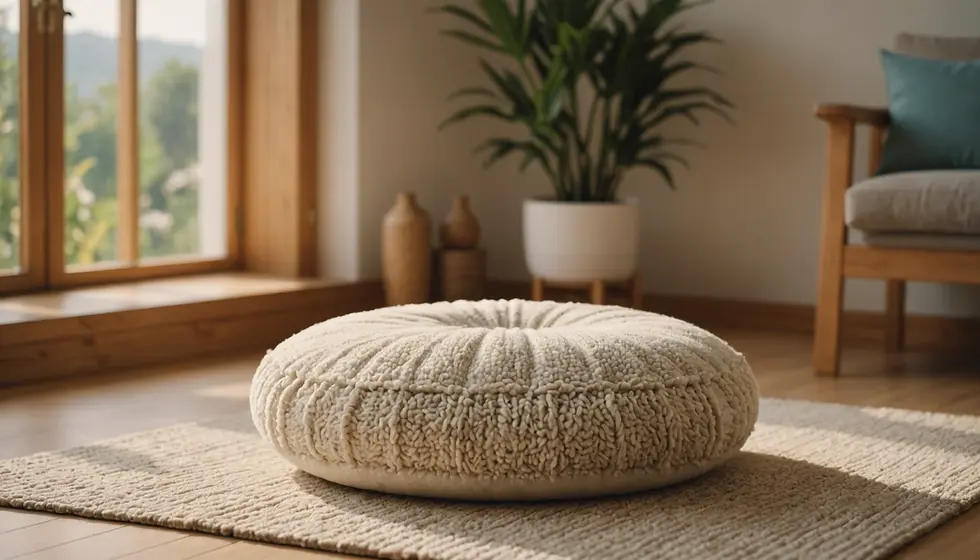Finding Calm in Chaos: The Value of Inner Peace and Grounding Amidst Uncertainty
- Dee Dee Diemer
- Jul 10
- 4 min read

In today's chaotic world, the need for inner peace is more crucial than ever. Many people navigate daily life filled with uncertainty, making it easy to feel overwhelmed. It's not just about finding a moment of calm; cultivating inner peace is vital for mental and emotional health. Grounding, centering, and practicing compassionate neutrality are effective strategies that allow individuals to achieve tranquility amid the chaos.
Understanding Inner Peace
Inner peace means achieving a state of mental and emotional stability, feeling comfortable even when faced with external turmoil. This sense of tranquility can often seem out of reach in our fast-paced lives. Research shows that approximately 55% of adults experience heightened anxiety levels due to constant stressors. To reach inner peace, individuals must engage in intentional practices that include mindfulness techniques and confronting personal emotions.
The journey begins with recognizing factors that contribute to chaos. For example, a busy work schedule or family responsibilities can create stress. Understanding what elements you can control versus those you cannot—like how you manage your time or your reactions—allows you to prioritize your well-being.
The Power of Grounding
Grounding techniques help anchor individuals in the present moment, reducing anxiety and enhancing a sense of stability. These methods can range from connecting with nature to conscious breathing exercises.
A popular grounding exercise is the "5-4-3-2-1" method, where you identify:
Five things you can see (e.g., a tree, a book, a cloud)
Four things you can touch (e.g., a soft blanket, the floor, your chair)
Three things you can hear (like birds chirping, a clock ticking, or traffic sounds)
Two things you can smell (perhaps fresh coffee or scented candles)
One thing you can taste (like a piece of chocolate or a sip of water)
This exercise engages your senses, steering your focus away from overwhelming thoughts toward your immediate surroundings, promoting calmness.
Additionally, studies show spending time in nature, like walking barefoot on grass, significantly reduces stress levels. A 2019 study found that individuals who regularly spent time outdoors reported a 30% decrease in anxiety symptoms.
Centering: Anchoring Your Mind
Centering is about grounding yourself in the current moment through practices like meditation or mindful breathing. It helps you create a strong sense of balance when surrounded by chaos.
To center yourself effectively, set aside a few minutes daily to focus on your breath. Sit comfortably, inhale deeply through your nose, hold for a count of three, then exhale slowly through your mouth. As thoughts arise, acknowledge them without judgment, gently returning attention to your breath. Over time, this practice will build emotional resilience, allowing you to handle stress with composure.
You can practice centering anywhere—at home, in a park, or during a break at work. Consistency in this practice can dramatically improve your ability to manage challenging situations.
The Role of Compassionate Neutrality
Compassionate neutrality helps individuals observe situations without judgment, minimizing emotional reactivity. This balanced perspective is especially crucial in times of conflict.
Practicing compassionate neutrality allows you to accept your feelings without becoming overwhelmed. It acknowledges that emotions like joy, anger, or sadness are valid but temporary. By stepping back to view situations more objectively, you are likely to respond more rationally, contributing to inner peace.
Self-compassion is an essential component. Recognizing and accepting personal struggles as part of the human experience fosters a sense of connection with others, enhancing your inner peace.
Practical Steps to Cultivate Inner Peace
To cultivate inner peace, consider these practical steps:
Daily Mindfulness: Dedicate a few minutes each day to mindfulness, whether through meditation or breathing exercises. Transform this into a ritual that signals it’s time for you.
Create a Peaceful Environment: Designate a space in your home just for relaxation. Use calming colors, comfortable furniture, and natural elements to promote tranquility.
Limit News Consumption: Setting boundaries on news intake reduces anxiety. For instance, limit yourself to 30 minutes of news per day and choose reliable sources to maintain a sense of control over your environment.
Engage in Physical Activity: Regular exercise helps ground individuals, lowers stress, and boosts emotional health. Whether it's a daily yoga class, jogging, or a peaceful walk in the park, find an activity you enjoy.
Connect with Others: While alone time is essential, reaching out to supportive friends or family during challenging moments can provide comfort and perspective.
The Transformative Nature of Inner Peace
Finding inner peace is a journey that requires patience and dedication. The impact of this journey extends beyond the individual. When you cultivate a calm and collected demeanor, it often creates a positive ripple effect, affecting those around you.
Moreover, inner peace significantly improves resilience during tough times. With a solid foundation built on grounding and centering practices, you can better navigate stress, enhance relationships, and overall improve your quality of life.
The Journey to Tranquility
In a world overflowing with chaos and uncertainty, cultivating inner peace is vital. Grounding, centering, and compassionate neutrality are essential tools that enable us to weather life's storms gracefully. By embracing these practices, we can find calm amid turbulence, fostering a deeper connection with ourselves and those around us. Prioritizing this journey toward inner peace reminds us that serenity is achievable, even when the winds of change rage around us.



Comments